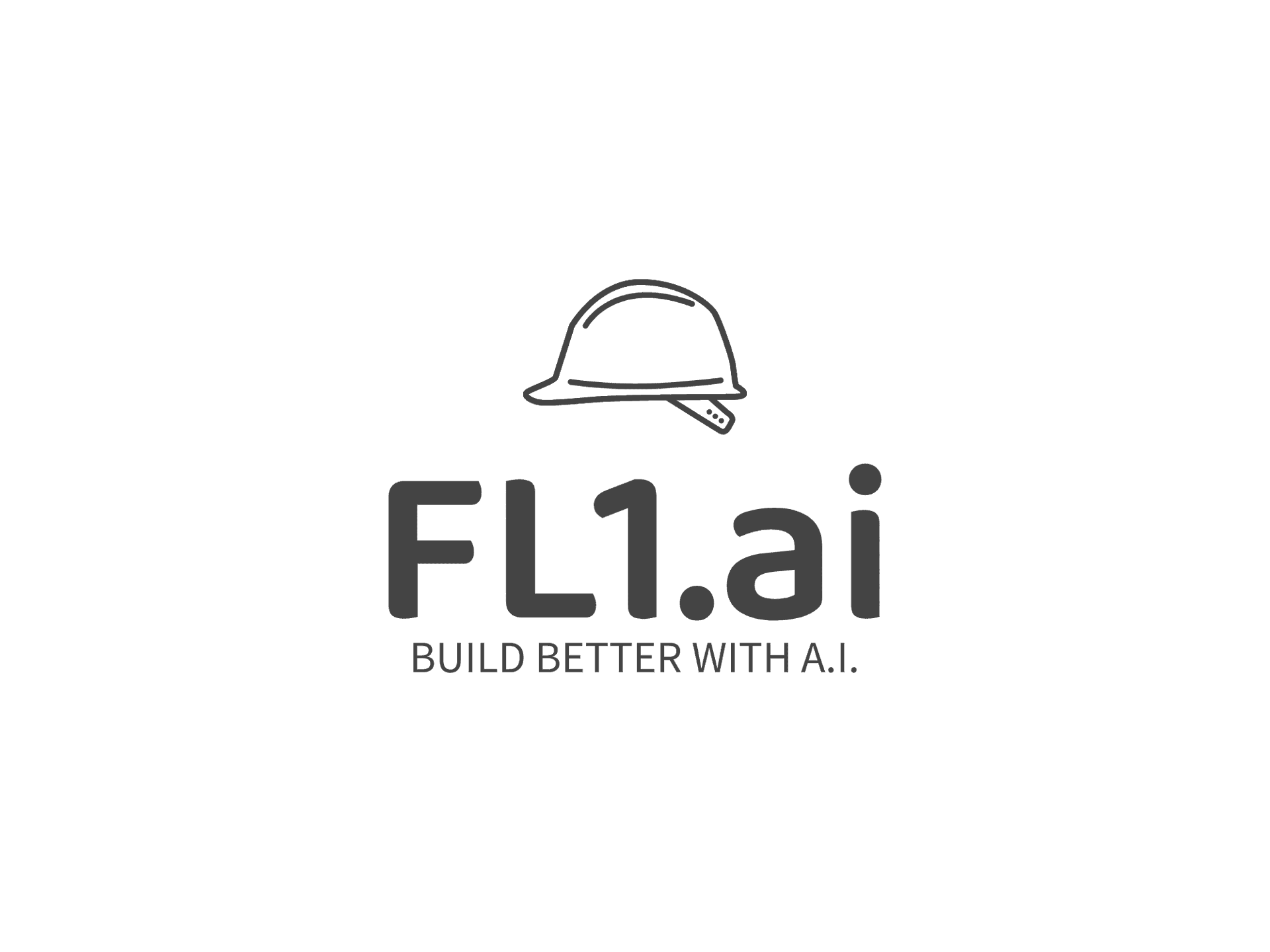Predictive Maintenance in Construction: How AI Solutions Save Time and Money
Understanding Predictive Maintenance in Construction
In the construction industry, equipment downtime can lead to significant delays and increased operational costs. Predictive maintenance, powered by artificial intelligence (AI), is revolutionizing how construction companies manage their machinery. By utilizing AI solutions, businesses can anticipate equipment failures before they occur, ensuring a seamless workflow and reducing unnecessary expenses.
Predictive maintenance leverages data from various sources such as sensors and historical performance records to predict when a machine is likely to fail. This approach allows companies to schedule maintenance work proactively, minimizing unexpected disruptions and enhancing project efficiency.

The Role of AI in Predictive Maintenance
AI technologies play a crucial role in predictive maintenance by analyzing vast amounts of data to identify patterns and anomalies. Machine learning algorithms can detect subtle changes in equipment performance that may indicate an impending failure. This level of insight was previously unattainable with traditional maintenance methods.
Implementing AI-driven predictive maintenance can lead to significant cost savings. For example, by preventing unexpected breakdowns, companies can avoid expensive emergency repairs and reduce the need for spare parts inventory. Furthermore, optimized maintenance schedules extend the lifespan of equipment, providing a better return on investment.

Key Benefits of Predictive Maintenance
The adoption of predictive maintenance in construction offers numerous advantages:
- Reduced Downtime: By anticipating potential issues, companies can perform maintenance during planned downtimes rather than during critical operational hours.
- Cost Efficiency: Proactive maintenance helps avoid costly repairs and prolongs equipment life, saving money in the long term.
- Improved Safety: Regularly maintained equipment is less likely to fail, reducing the risk of accidents on construction sites.
These benefits are driving more construction firms to integrate AI solutions into their operations, enhancing productivity and safety standards across the industry.

Implementing AI Solutions in Your Business
Adopting AI-based predictive maintenance involves several steps. First, companies need to equip their machinery with sensors capable of collecting relevant data. Next, this data is fed into an AI system that continuously learns and improves its predictive capabilities.
It's essential to work with experienced vendors who can tailor AI solutions to the specific needs of your business. These experts can help integrate the technology seamlessly into existing systems, ensuring minimal disruption and maximum benefit.
The Future of Predictive Maintenance
As AI technology continues to evolve, predictive maintenance will become even more sophisticated and accessible. The future may see widespread adoption across not only large construction firms but also smaller businesses seeking competitive advantages.
Continued advancements in AI will likely bring about new capabilities, such as real-time monitoring and automated repair scheduling. These innovations promise to further enhance efficiency and cost-effectiveness in the construction industry.

In conclusion, predictive maintenance powered by AI is transforming the construction industry by offering a proactive approach to equipment management. As more companies embrace these solutions, they will experience substantial time and cost savings while improving overall safety and project outcomes.
